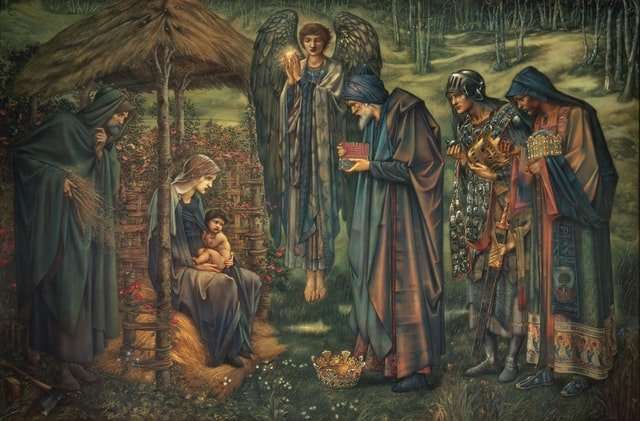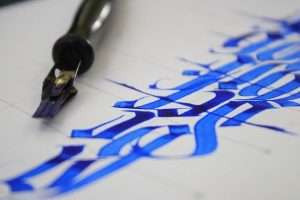Vector art is different than traditional printing because it allows you to edit your work easily. You can make any line thicker, change the color, or even move the artwork around to create a better composition. This is why it is so popular with web designers and artists who need to change their work often.
Vector art is computer generated images made up of basic shapes (like circles and squares) that form objects. These objects are then colored in with a variety of colors or gradients. Vector art is used for logos, banners, avatars and other graphics found online because of its scalability.
Tiny Details
Vector images are created by drawing lines and shapes on your computer using vector software. The lines and shapes are then filled with solid colors or gradients to create an image. When you save the image as a .jpg file the software will automatically convert it from the vector format into a raster format that can be printed on your printer.
If you print out the image at a smaller size, the lines will look crisper than if you enlarged it. If you enlarge it too large, you will lose any crispness in the details of the image.
Online Use
Vector art is best suited for use on websites where you want to be able to resize
The vector art you see on the web, in print magazines and even in textbooks is often not made with the same tools a professional uses. Vector art is made by hand, digitally. It is created on the computer with a program commonly known as Illustrator. Vector art has a number of advantages over other types of artwork and is used often for its flexibility and scalability.
Vector Artwork: What Is It?
Vector images can be scaled up or down without losing quality. This is especially helpful for large signs or small logos for products where the image will need to be seen from a distance. The pixels in raster images will become more noticeable when they are resized smaller than their original size, but this does not happen with vector graphics because they are mathematical formulas instead of individual pixels.
Other advantages include the ability to create artwork that contains gradients, blending modes and filters that can’t be made with raster images. In addition, vector images will look the same on all computers because they aren’t dependent upon the resolution of the user’s monitor or printer like raster images are.
The term vector art refers to digital artwork created using vectors, which are mathematical equations that describe lines and curves rather than individual pixels. A grid of dots would make up a
Vector art, or vector graphics, is a type of computer art that is made up of mathematical formulas. This makes it different from the way raster graphics are made. Raster graphics are made up of pixels, and as a result they may lose some clarity if they’re enlarged too much. Vector art is different because the shapes that are formed are comprised solely of curves and don’t suffer from pixelation.
Vectors can be scaled to any size while keeping their integrity. They’ll look crisp and clean whether they’re the size of a postage stamp or the size of your whole monitor. Using vector software like Adobe Illustrator or Inkscape means you don’t have to worry about printing your artwork at an office store; you can create it at home on your computer, then order it through online printing services to get it printed in poster form or even on t-shirts!
Vector art is great for businesses that need to print things in larger sizes but don’t have access to expensive equipment or facilities. A company website banner can be the same size as a billboard without looking blurry if it was created in vector format!
Vector art is an umbrella term that refers to any type of digital artwork created in a vector-based application such as Adobe Illustrator. Vector artwork differs from pixel-based images, such as those created in Photoshop, in that the image is composed of multiple lines and shapes instead of pixels, which are tiny squares that make up an image on your screen.
Vector artwork is most commonly used for illustrations, such as those found on web pages, or vinyl decals or stickers, but it can be used for other things too, like logos and posters.
Image files can be saved in many different formats and resolutions, but vector art is almost always saved at a very high resolution so that even when printed at very large sizes it still looks crisp and clear.
Vector art is a form of digital art that is created with the assistance of computer software. Vector artwork is used often in print projects and web design, especially for logos and other items that will appear on products. Many businesses and individuals use vector artwork because of the many advantages it holds over other forms of art.
Vector Art: What It Is
Vector artwork consists of a combination of “vectors,” or lines, and “pixels,” or dots. A vector is an object made up entirely of lines, while a pixel is an object made up entirely of dots. There are many differences between the two types of objects, including how they are manipulated by software programs and how they are rendered on paper or onscreen.
Tone:professional
Vector graphics is a method of creating images, while raster graphics is the result. Vector graphics are resolution independent, which means it can be scaled to any size without losing quality. In contrast, raster graphics always look best when they are viewed at their native resolution.
Vector art is ideal for advertising banners and other static graphics that do not need to be printed out. When these files are created, they must be saved in the JPG or PNG format.
A vector graphic is composed of points that define lines and curves. The most important aspect to remember about vector images is that you can manipulate them in ways that aren’t possible with bitmap images. For instance, you can rotate an object in a vector image without distorting it because it’s not made up of pixels. This makes the vector file much smaller than an equivalent bitmap file.*
Will vector art always be without “jaggies?”
The short answer is no. We have already discussed the fact that vector art is resolution agnostic. So it will always look good on a small screen and a large one, unlike bitmap art. But vector art can still end up with jaggies if you don’t follow some fairly simple rules.
A lot of people don’t even know what the word “jaggies” means. It is what happens when you have lines that are not perfectly smooth, like in the example below:
So how do we prevent this from happening? Well, there are a few simple rules. The most important being that your line work should be no less than a pixel wide or tall. If it is, you may get some jagged edges.
Let’s take a look at our jagged line below and see how to fix it.
We can see that our two lines are too thin, causing us to get some jaggedness around the edges of the shapes there as well as on the path itself.
So to fix this we can simply go in an either widen or thicken them according to taste.
As you can see we now have nice clean lines that won’t cause any trouble when viewed


